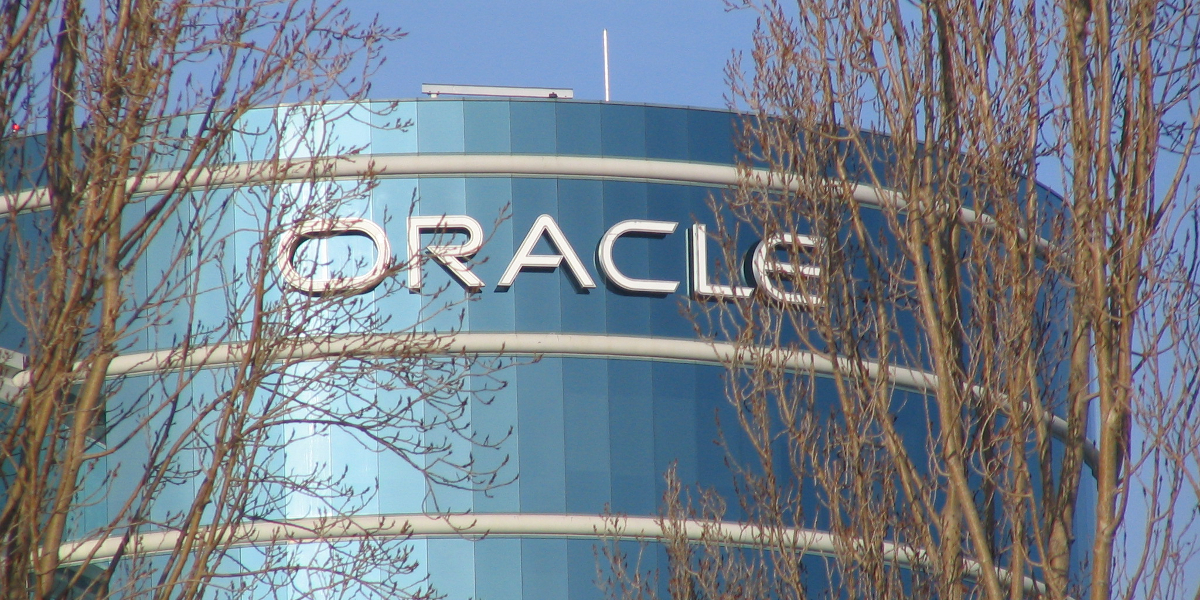One of the major innovations of connected TV from a commercial perspective has been the ability to interact with ads, and yet the proportion of viewers actually make purchases via their remote control remains relatively limited. In January, a study by LG Ad Solutions found that 29 percent of purchases made after seeing an ad were completed directly on the TV screen – compared with 56 percent made on a mobile phone.
As a result, retail media companies are looking to shift the shopping experience from the TV and onto a second screen. Last month, US business Shopsense AI struck a pair of partnerships with broadcasters to bring shoppable capabilities into its live events, those broadcasters seemingly swayed by the way second-screen shopping functionality avoids disrupting the viewing experience on the TV itself – not to mention the simple fact that most people are already on their phone while watching TV.
“We always joke more people know where their cell phone is than they do their TV remote,” says Bryan Quinn, President and Co-Founder of Shopsense AI. “You’re never digging your cell phone out of the couch cushions.”
Who are you wearing?
The Shopsense AI platform curates collections of clothing items that viewers see on TV, and directs them to a show-specific digital store, where they can shop for those or similar products. Viewers are sent to the website via a combination of lower-third promotions, 15- and 30-second ads, and on-air talent talking about what they’re wearing, as in the case of awards ceremonies; Shopsense partnered with Paramount on its preshow coverage of the CMT Music Awards, and TelevisaUnivision for the Latin American Music Awards.
During Univision’s awards coverage for example, co-host Alejandra Espinoza would reference her outfits and direct viewers to the digital storefront, where they could browse the “Get Ready with Me featuring Alejandra Espinoza” collection. These collections are built with the help of AI; the broadcaster provides Shopsense with images and text-based prompts that the AI can match to exact products and similar items.
“The idea is you can find things that are an exact match, but maybe those exact match items are $2,000,” comments Bryan Quinn. “We can use our image-embed AI technology to find similar-looking items that maybe are $100 or $150 that have the same overall look and feel, but at a more accessible price point.”
Awarding the broadcasters
The most common interactive element in shoppable ads are QR codes, and while these remain part of the process for Shopsense, the company acknowledges that their usage can be “clunky”. Quinn notes that partnering with the broadcasters themselves helps diversify those calls to action by “using all the assets at their disposal”. As well as the on-air promotions, publishers can direct consumers to their shoppable storefronts via their D2C channels, including short-form video alerts on Instagram and TikTok.
The company argues that this makes the shoppable element an extension of the broadcaster’s content, rather than a sideshow or disruption. It also unlocks additional revenue streams at a time when TV is battling for attention with social media companies, many of which have their own video commerce offerings.
“We’re trying to help the broadcasters win back the monetisation they rightfully deserve,” says Glenn Fishback, CEO and Co-Founder of Shopsense AI. “They spend $30 billion a year creating original content, and they need to find creative, non-disruptive ways to create incremental revenue streams.”
The end of the aisle
As video and commerce continue to converge, Shopsense suggests TV repositions itself from a brand-building channel to a full-funnel medium – especially if it is to compete with the likes of TikTok, Google or Amazon.
“Broadcasters have influenced consumer shopping journeys for decades,” comments Quinn. “But advertisers don’t just want to influence that journey, they want to influence where people are making their purchase. And you need a retail store so that you can influence at the end of the aisle.”
And while live events remain a key driver for TV viewing, the company plans to expand its content partnerships beyond live coverage and into scripted and reality shows.
“Look at an old sitcom like Friends,” says Glenn Fishback. “Imagine this shoppable capability back then! Everyone wants to have that haircut or the sweaters and the looks. We’re putting a modern twist on that.”




